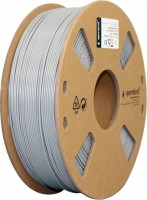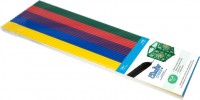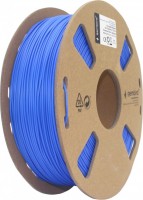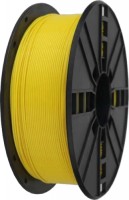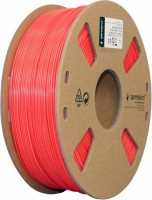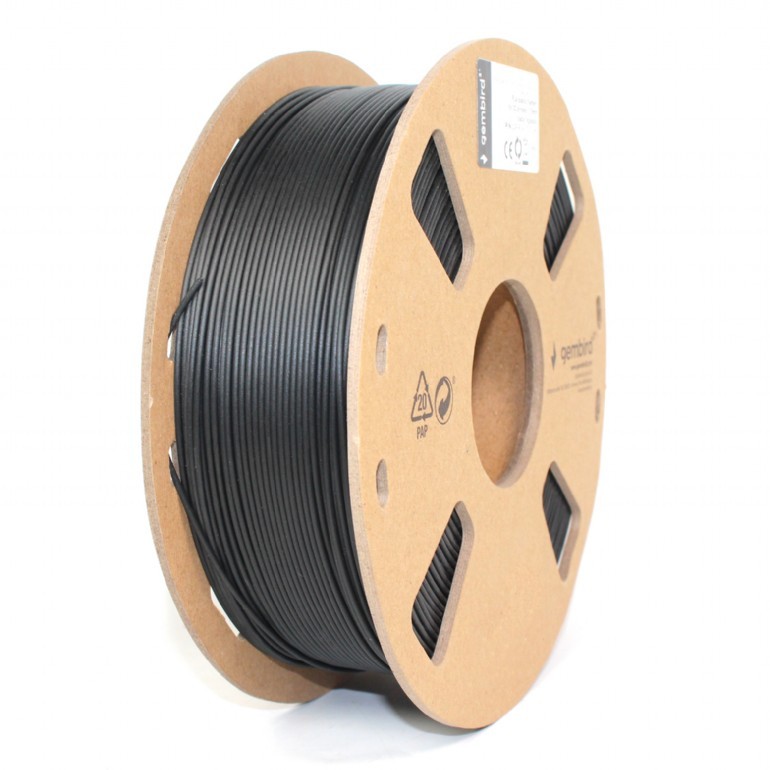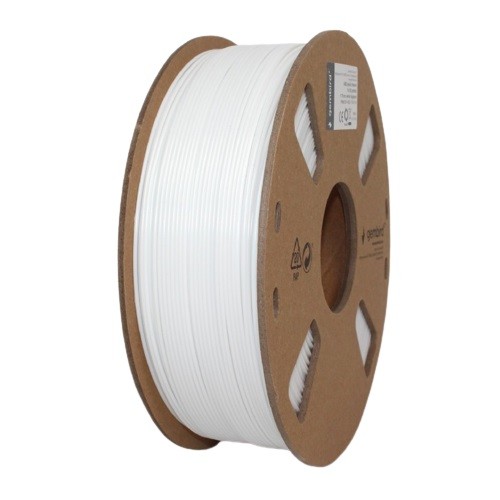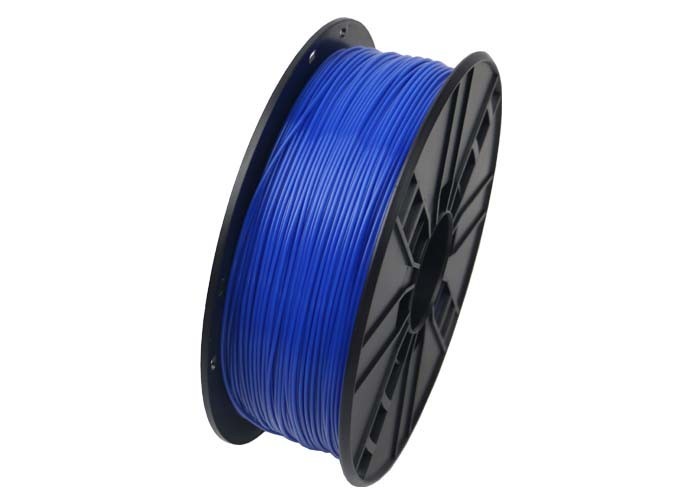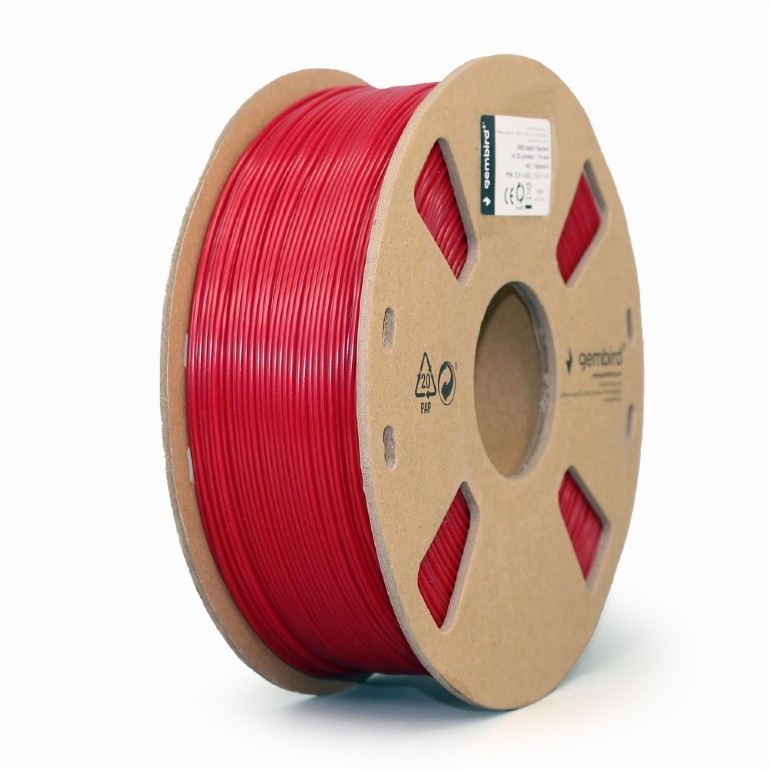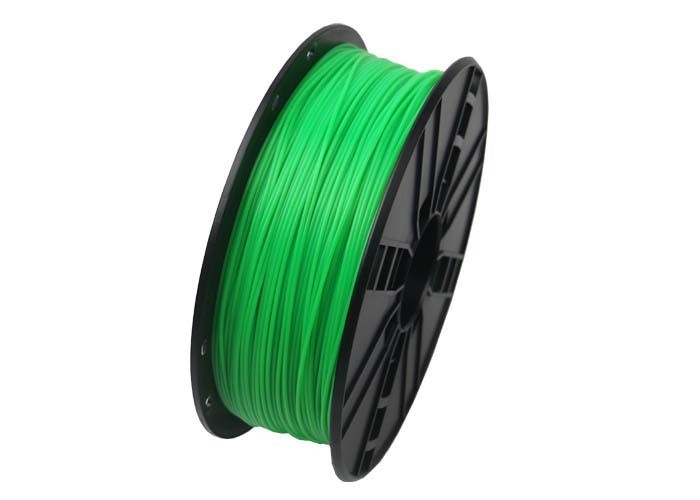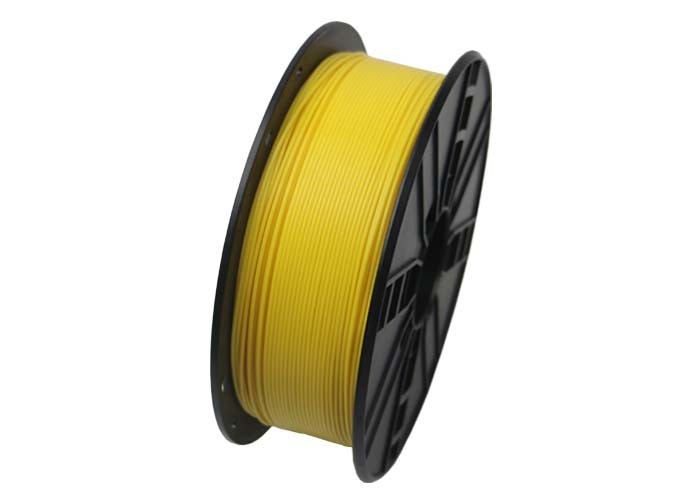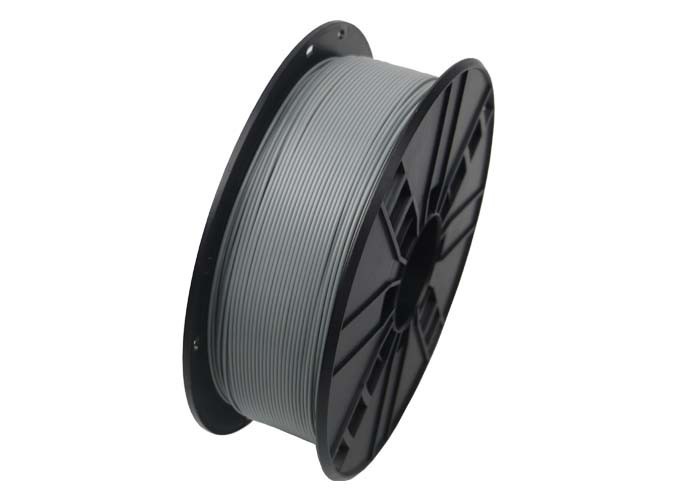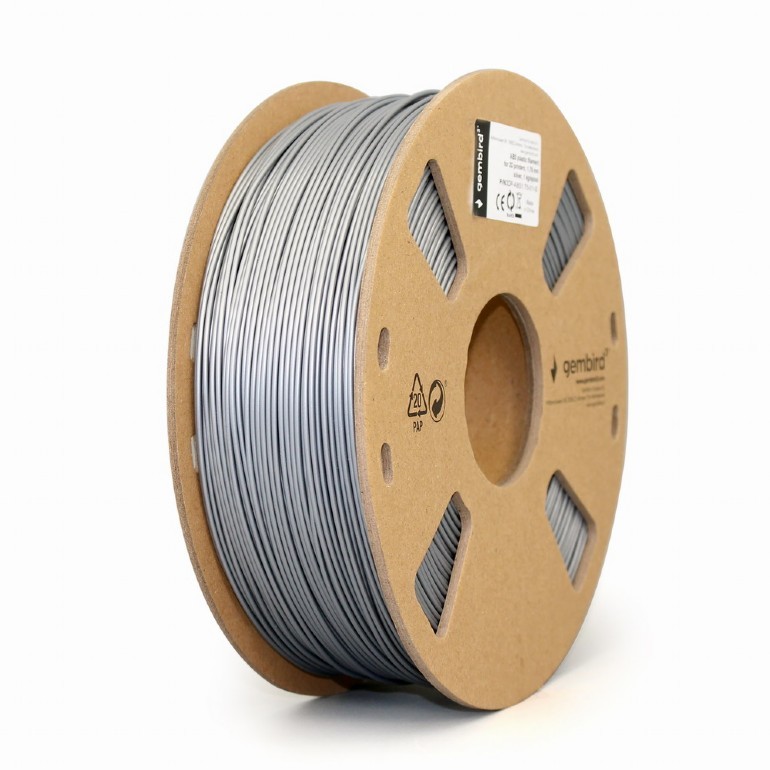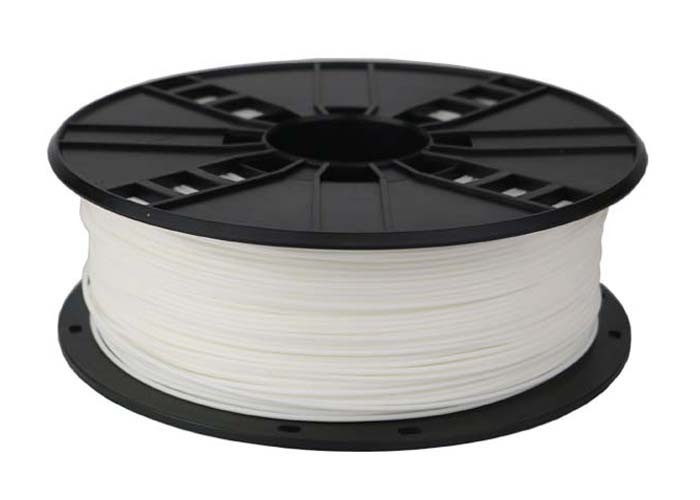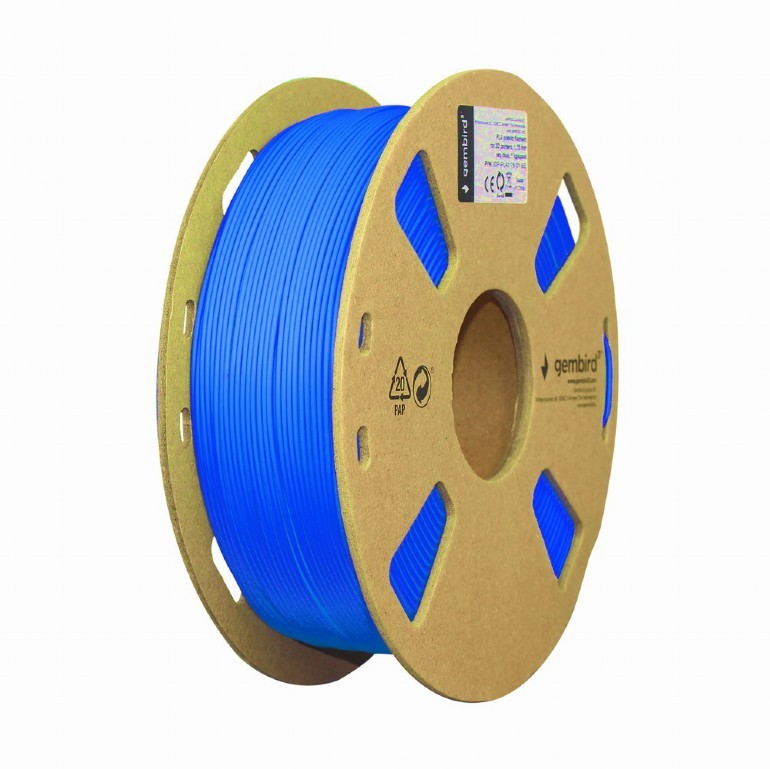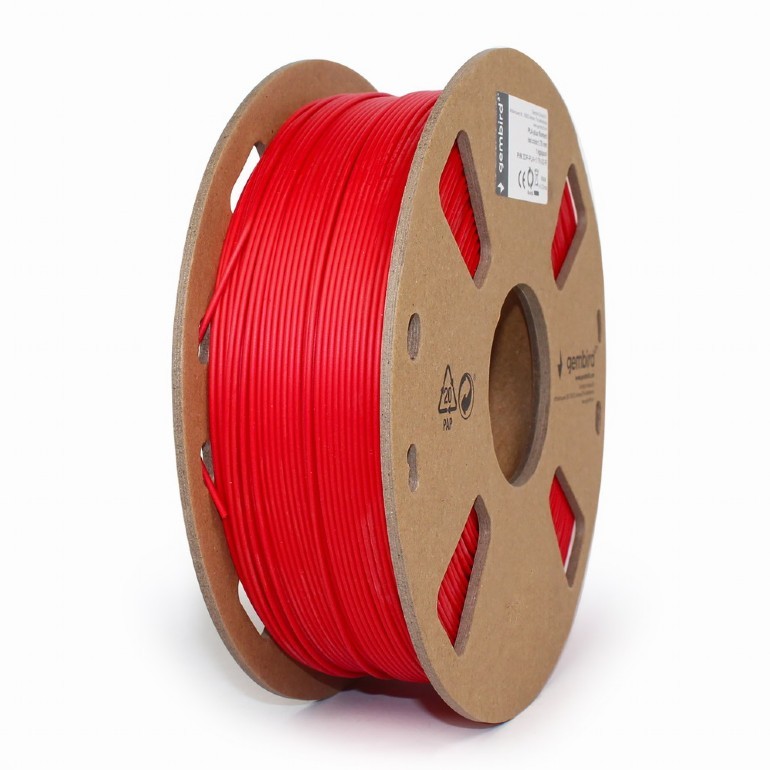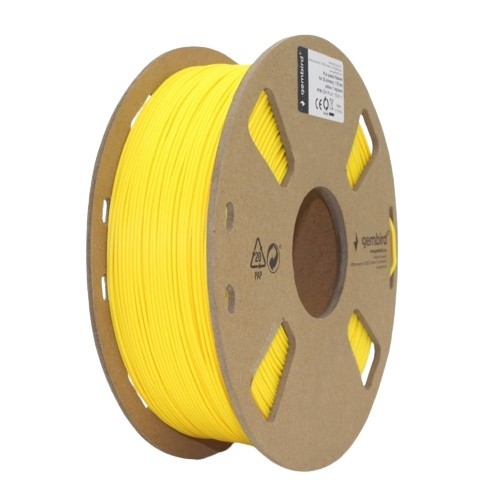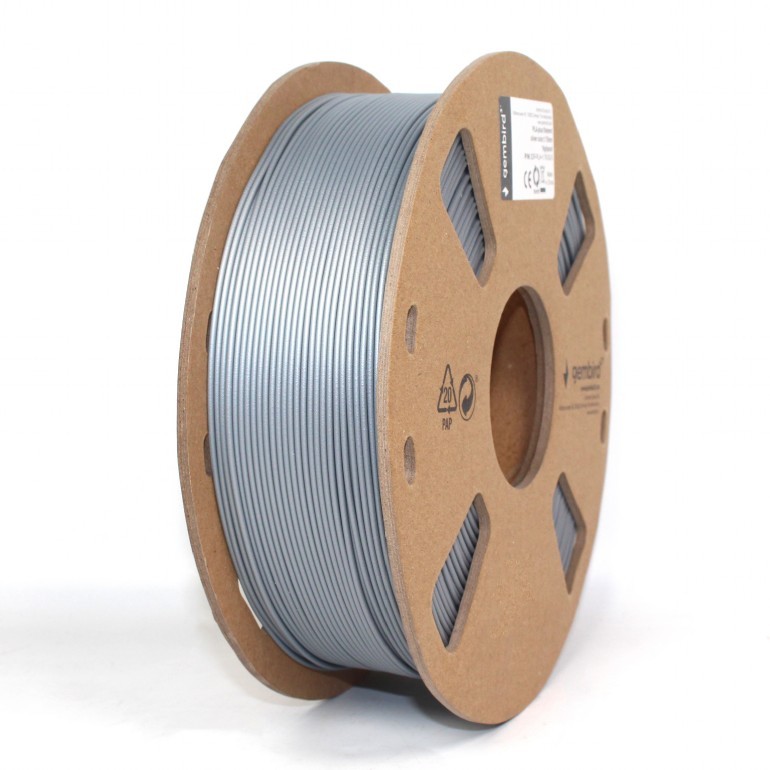Filament do druku 3D Gembird Abs Filament drukarki 3D ABS/1.75 mm/1kg/czarny ME-FI-GEM-005
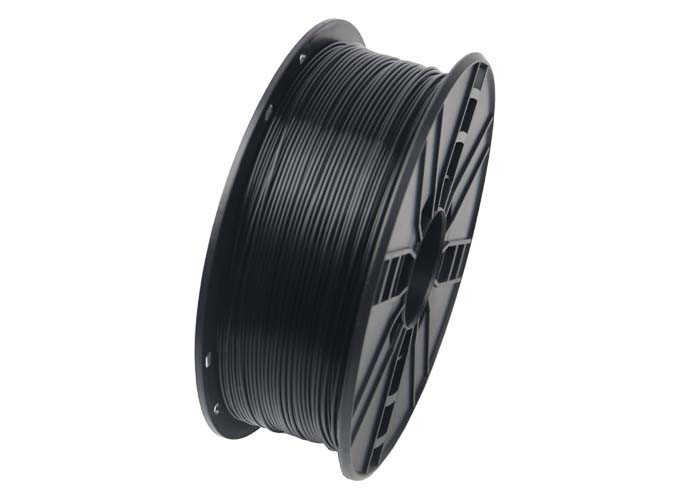 |
Kup Gembird Abs Filament drukarki 3D ABS/1.75 mm/1kg/czarny ME-FI-GEM-005
Kiedy dokonujesz zakupu za pośrednictwem linków na naszej stronie, możemy otrzymać prowizję partnerską.
| 59 zł |  | ||||
| 63 zł |  | ||||
| 63 zł | |||||
| 66 zł |  | ||||
Abs Filament drukarki 3D ABS/1.75 mm/1kg/czarny ME-FI-GEM-005 | 67 zł | ||||
| 87 zł |  | ||||
| 98 zł | |||||
Gembird - Czarny - 1.75mm ø - 1 kg | 101 zł | ||||
| 101 zł |  | ||||
| 121 zł | |||||
Filament drukarki 3D ABS/1.75 mm/1kg/czarny - ✔️ Świetne ceny, ✔️ zakupy na raty, ✔️ opinie, ✔️ specyfikacja, ✔️ darmowa dostawa i odbiór w sklepach Komputronik!
Opis produktu oparty jest na bazie danych ze sklepów internetowych. Przed zakupem należy zweryfikować wszystkie informacje bezpośrednio ze sprzedawcą.

Najlepsze uchwyty biurkowe do monitorów z maksymalną regulacjąNieograniczony komfort i funkcjonalność miejsca pracy dzięki regulowanym we wszystkich kierunkach wspornikom

Najlepsze przenośne podstawki pod laptopySkładane i niezawodne podstawki do komfortowej pracy z laptopem w domu, w biurze i w podróży
Jak złożyć zamówienie?Jak dodać sklep?
Pamiętaj, że za wiarygodność informacji na temat ceny, gwarancji i dostawy odpowiada sam sklep internetowy!
PolecamyPorównaj w tabeli →

